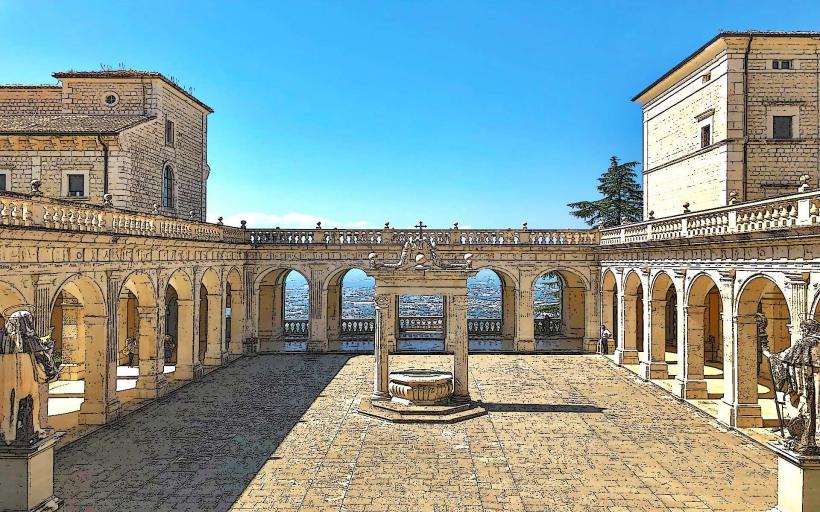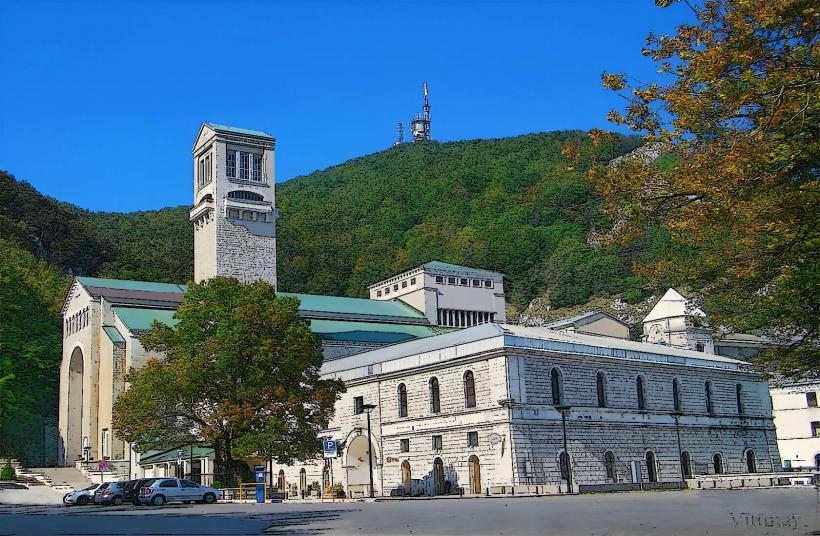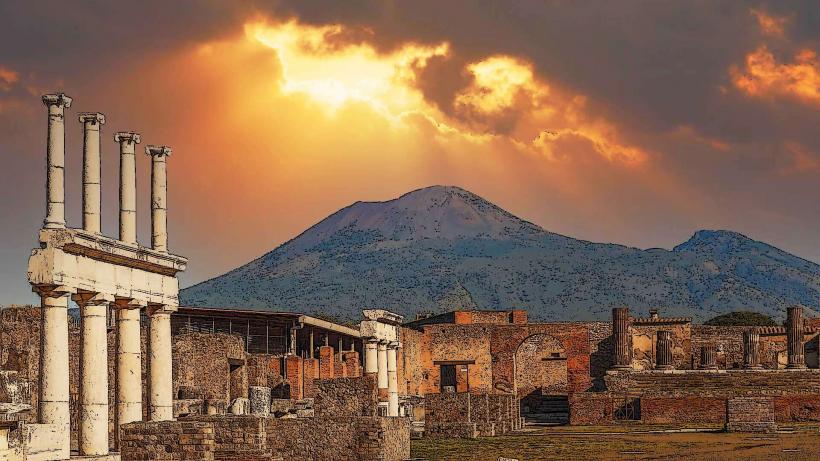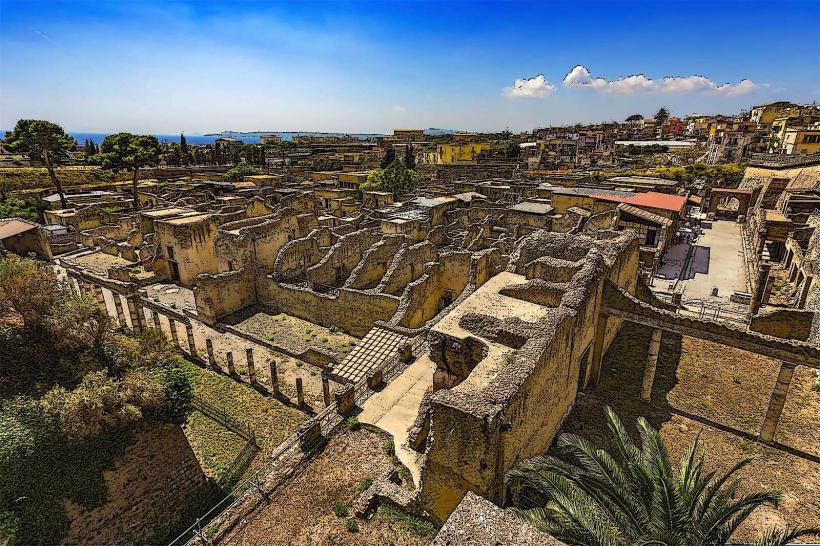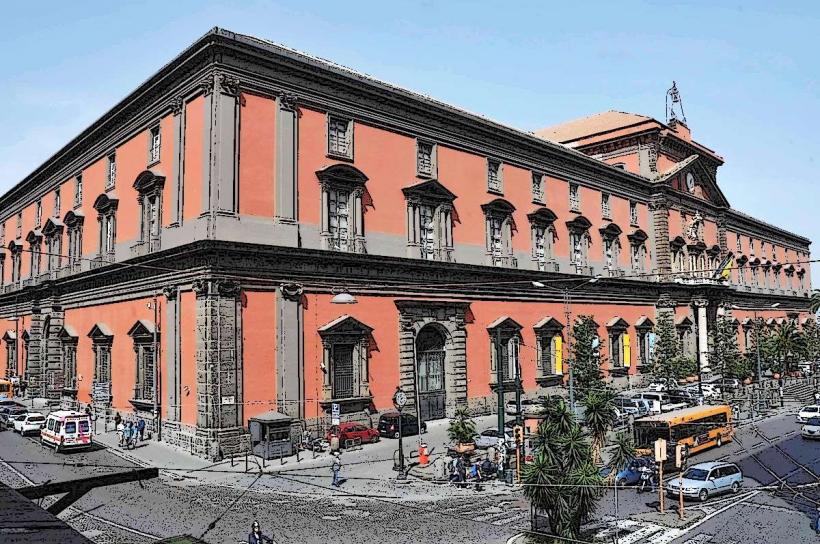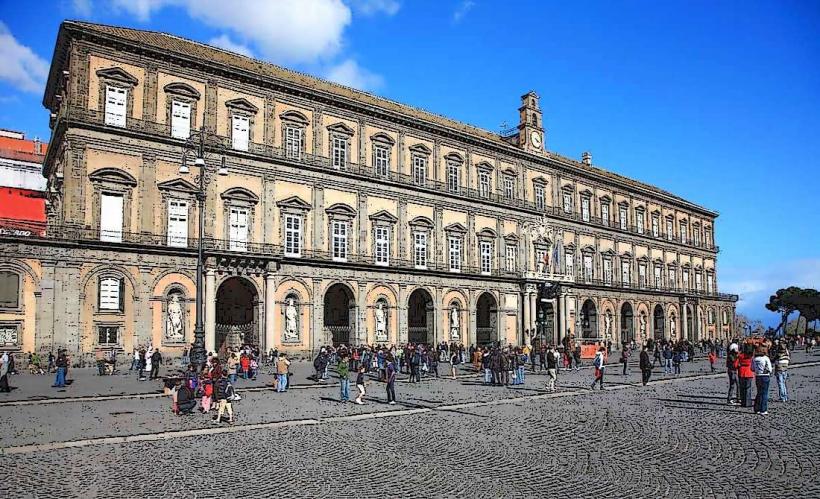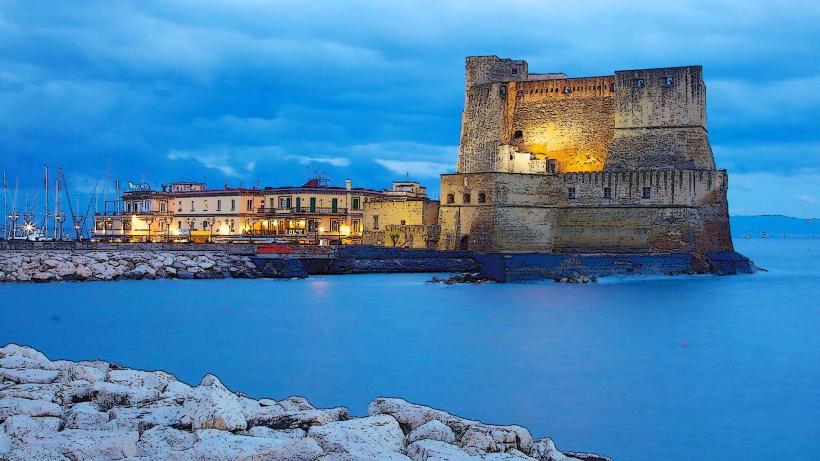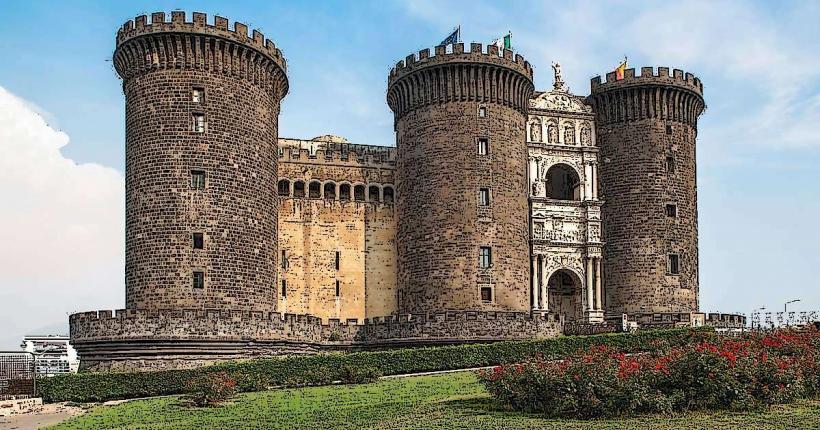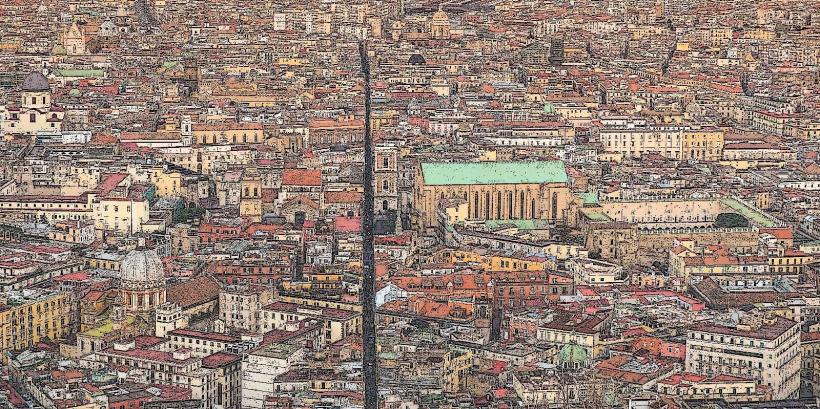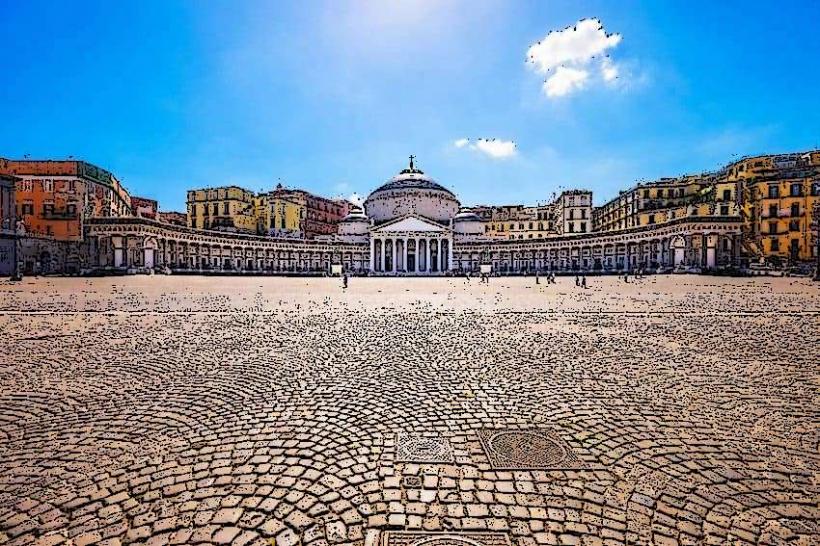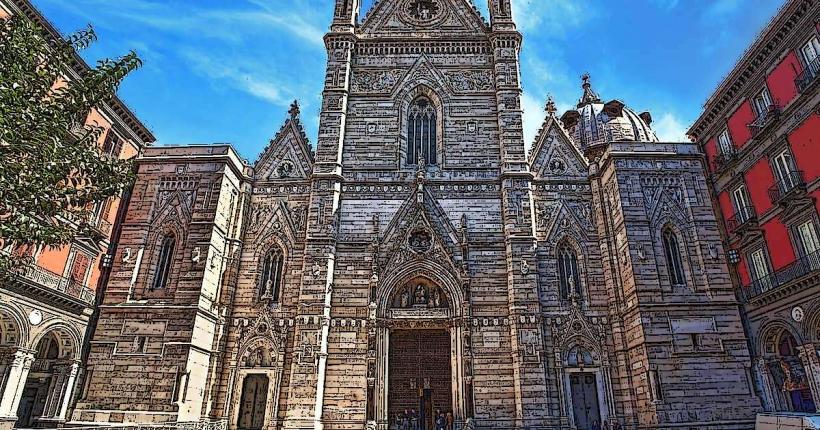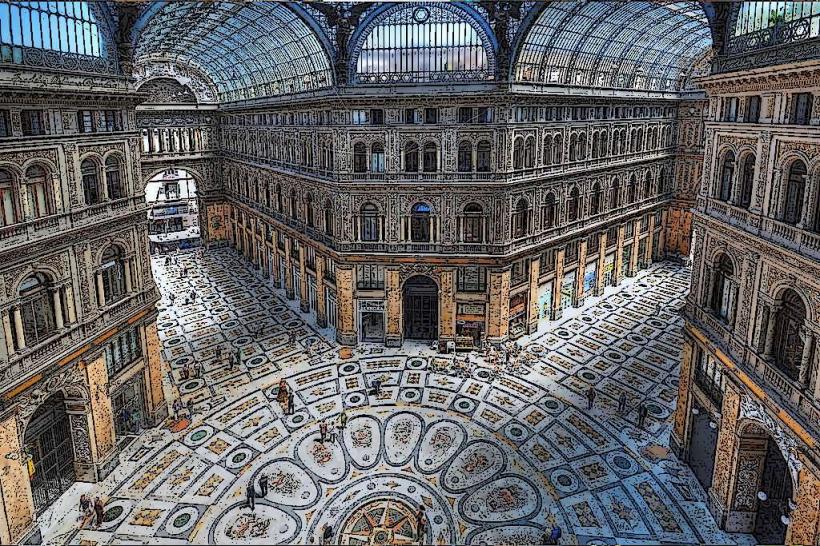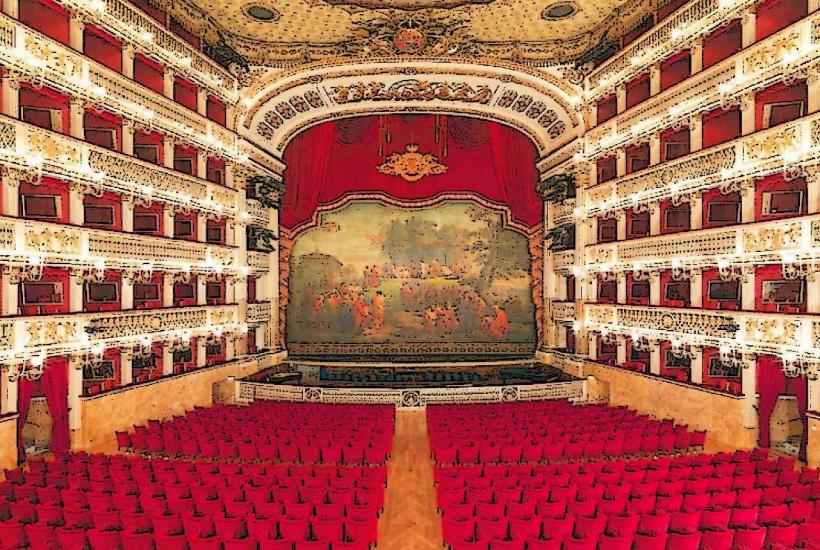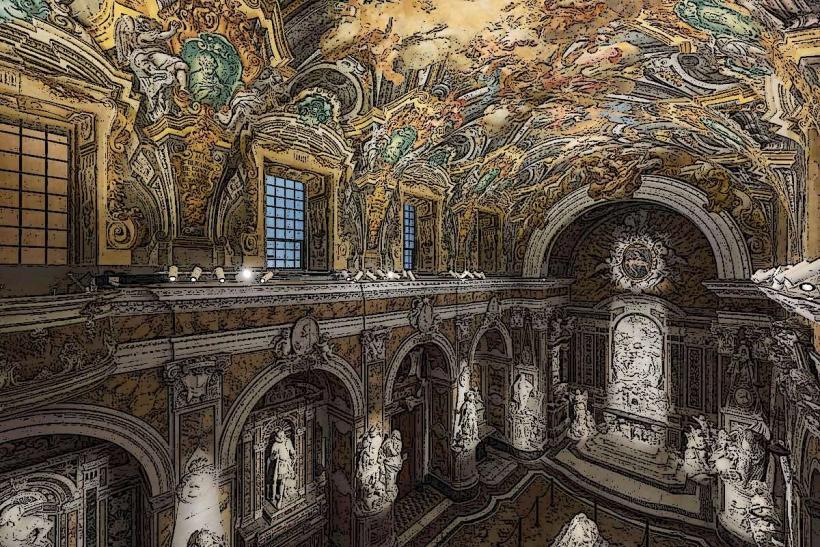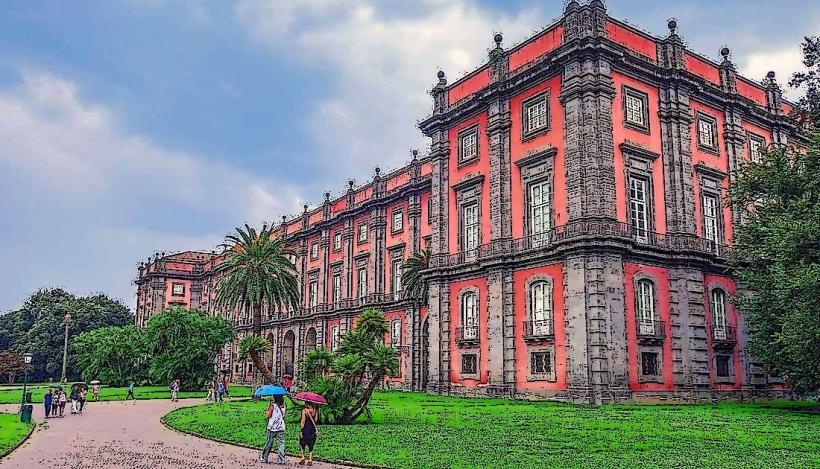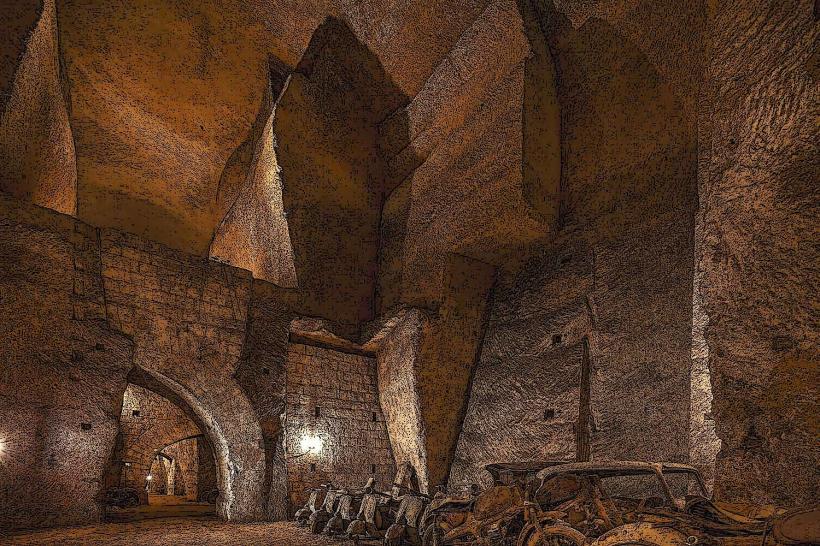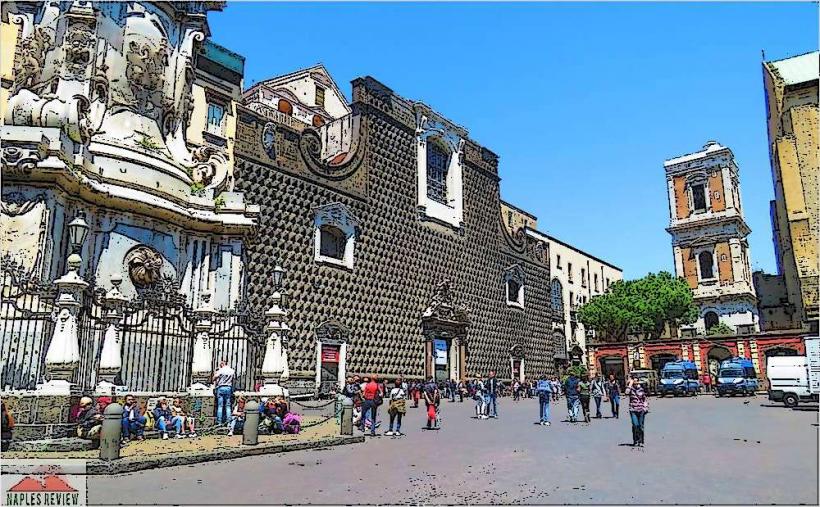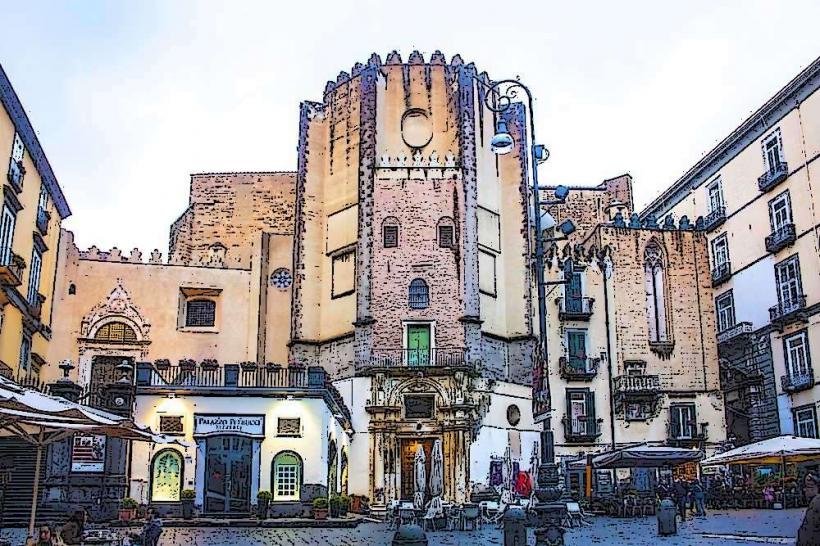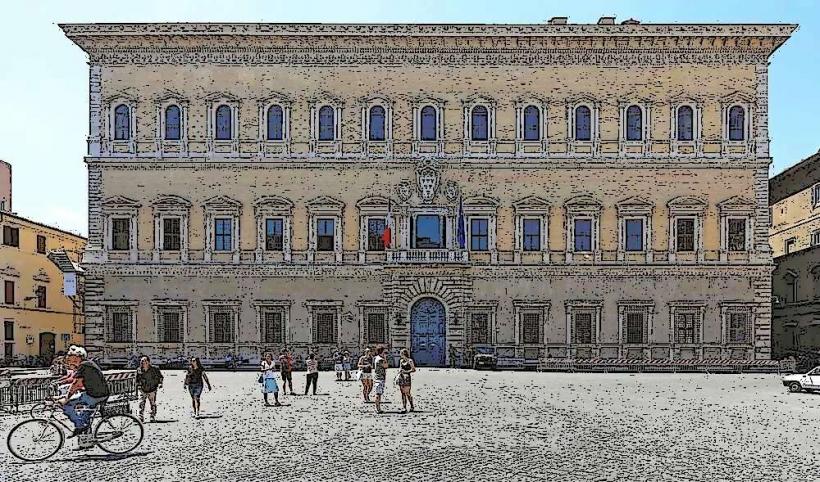Information
Landmark: Certosa di San MartinoCity: Naples
Country: Italy
Continent: Europe
The Certosa di San Martino (Charterhouse of St. Martin) is a historic monastery complex in Naples, Italy, situated atop the Vomero Hill. Overlooking the city and the Bay of Naples, it offers breathtaking views and is a key example of Neapolitan Baroque art and architecture. Originally established in the 14th century as a Carthusian monastery, it has been transformed into a museum, the Museo Nazionale di San Martino, showcasing artwork, religious artifacts, and historic relics of Naples.
1. Historical Background
- The monastery was founded in 1325 by Charles of Anjou, Duke of Calabria, who intended it as a place for Carthusian monks to live in solitude and prayer.
- In the 16th and 17th centuries, the monastery underwent extensive renovations, particularly under Cosimo Fanzago, a renowned Baroque architect and sculptor who introduced the ornate Baroque style.
- After being dissolved in the 19th century, the monastery was repurposed as a museum in 1866 and has since been a cultural landmark.
2. Architectural Highlights
Church of San Martino
- The monastery’s church is a stunning example of Baroque interior design, with marble inlays, gold leaf, frescoes, and intricate woodwork. It features the work of artists such as Jusepe de Ribera and Giovanni Lanfranco, who painted numerous religious scenes and embellishments.
- The ceiling fresco, Triumph of Judith by Luca Giordano, is one of the church’s artistic highlights, known for its dramatic depiction of the biblical story.
Cloisters
- The Great Cloister (Chiostro Grande) is one of the most serene parts of the complex, surrounded by porticoes and marble columns designed by Fanzago. In the center stands a marble wellhead, symbolizing purity and tranquility.
- The Small Cloister (Chiostro dei Procuratori) features a simpler, more austere design, contrasting with the grandeur of the Great Cloister. It was reserved for the Procurators of the Charterhouse.
The Belvedere Terrace
- The Belvedere offers some of the best panoramic views of Naples, the Gulf, Mount Vesuvius, and beyond, attracting both locals and tourists to enjoy the scenic landscape.
3. Museo Nazionale di San Martino
- The monastery is now the Museo Nazionale di San Martino, which houses a vast collection of Neapolitan artifacts, including paintings, nativity scenes, sculptures, and historic relics that showcase the culture and heritage of Naples.
- Notable exhibits include the Neapolitan presepi (nativity scenes), especially the Presepe Cuciniello, a 19th-century masterpiece known for its detailed and lifelike figures.
- The museum also displays artifacts from Naples’ history, including models of ships, weapons, and various artifacts from different periods.
4. Art and Decoration
- The Certosa di San Martino is renowned for its Baroque decorations, especially the sacristy, which contains exquisite wood inlays, marble panels, and ceiling frescoes.
- The chapel is adorned with Renaissance and Baroque artwork by famous artists like Ribera and Battistello Caracciolo, depicting religious scenes in dramatic and emotive detail.
5. Gardens and Courtyards
- The monastery’s gardens are peaceful and well-maintained, with lush greenery and flowers that provide a tranquil space for reflection. The citrus trees and Mediterranean plants evoke the region’s natural beauty.
- The courtyards, with their symmetrical layout and harmonious design, are perfect for a quiet walk amidst the history and art of the monastery.
6. Visiting Tips
- Hours: It’s best to check the official schedule, as hours can vary, and certain sections of the museum may close for special events.
- Getting There: The Certosa is accessible via the funicular railway to Vomero or by bus; it's also a walkable distance from the Vomero area’s central spots.
- Nearby Attractions: Castel Sant’Elmo is adjacent to the Certosa, offering additional historical significance and panoramic views of Naples.
7. Summary
The Certosa di San Martino combines architectural beauty, artistic heritage, and sweeping views of Naples, making it one of the city's most beloved landmarks. Whether exploring its Baroque church, tranquil cloisters, or impressive museum collections, visitors will experience a rich tapestry of Neapolitan culture and history that spans several centuries.



